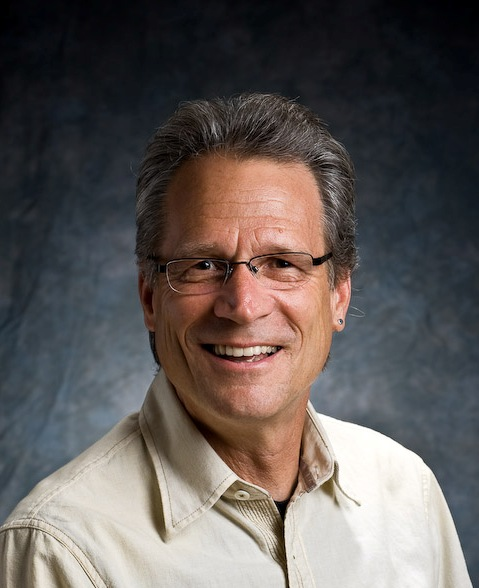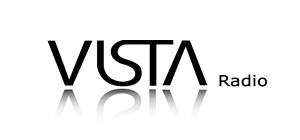By Sharon Taylor
Thursday January the 14th, 2016
Death and Programming
These days it feels like everything is starting to pile up. Pounds, clutter, marriages, and most pointedly, deaths.
The worst of it is that the people that are dying are, people I actually know. Relatives, parents, people I worked for, people I worked with. People. My. Age.
A few days ago I learned of the death of another colleague, Gary Russell, who passed away from cancer.
I knew Gary as an associate, a colleague. Never worked in the same building and didn’t know him as well as many, many others. However, his passing jerked me back in time and I was flooded with memories.
Today I’m in the city that Gary was born in – Winnipeg. I loved his story about watching the Rose Bowl Parade as a child and realizing that this sunny, floral parade was LIVE, yet it was snowy and in all likelihood -30 or more outside. He confronted his Dad who explained that some places never have winter. Gary was then forever able to pinpoint the moment he first asked himself and his family – then why are we living here??
While he worked in many notable markets, most of my memories of Gar are from when he ruled Vancouver. First when we both worked for Moffat and then later for Standard.
When I was with Moffat these were some of the PDs in that chain – Sandy Davis, Steve Young, Pat Bohn, Gary Russell, Kevin McKenna, Don Shafer, Brad Phillips, Gord Robson etc. We worked for GM’s like Roy Hennessy, Alden Diehl, Keith James, Don Kay, Stan Ravendahl and Vern Trail.
Head office in Winnipeg consisted of owner Randy Moffat, Operations VP Jim McLaughlin and National Program Director Chuck McCoy (Garys brother), a position that I think Gary also held at a different time.
Radio was largely owned by families who were lead by the likes of Jim Waters, Ted Rogers, Alan then Gary Slaight, Randy Moffat, Gordon Rawlinson. Profits were good and stress was mostly self imposed.
I was the newest and youngest PD and as such, my first job was in Moose Jaw – Moffats smallest market and training ground. Gary however, was at the center of the Moffat “Rat Pack” if you will. All these guys were experienced and had swagger. Gary was major market successful, confident, connected, always the best dressed and as sauvé as hell.
There were legendary names in the sales and business departments at Moffat too, but they revolved in a different orbit than I did. Ditto all the sales gurus that took out empty money bags and brought them back full. Radio was truly a blend of art and commerce.
As PD’s, we didn’t concern ourselves with quarters, boards, shareholders, margins or “the street”. We didn’t worry about staff discord in the building or if there was enough toilet paper in the wash rooms. We were utterly one sided. Moffat was a programming company, and we (cue the production) were The Programmers. And programming was a much different animal than it is today.
For example there was almost no research. Affordable, reliable and informational research was still on the horizon. It was an analog world where producers worked with tape, razors and grease pencils, the logs rolled off typewriters. Pre internet, so nerds like us listened to other radio stations by either travelling or convincing someone in far off markets to record stations for us and send by mail (and you would return the favour). Every market was rated by the diary system and bound ratings books were distributed into eager hands 3 or 4 times a year.
Armed with weekly calls to the record stores (getting the clerk that answered the phone to rate sales between 1-10 on current hits) along with sketchy information culled from the request lines, we would spent days, nights and over-nights working on music systems and clocks and positioning statements and liners and jingle placements. We would constantly pour over the “supergold” and “gold” music lists (CHR’s played some gold back then).We would reformat and reposition our stations on paper, just to rip it up and start over again. It was all so important.
Our crappy apartments would be rigged so when you turned on a light, the radio would also come on. When shower radios first appeared in stores, radio programmers had to be the first in line to buy.
Hours were spent talking about control room boards, great production, mics, processors, motivating and directing talent. Should promos go first into commercials, or last after a stop-set? We talked with engineers about the “sound” and loudness of our stations and our competitors. We would poach ideas, contests, read R&R and RPM every week and look forward to conventions. I bought VHS video tapes from Art Vuolo (who videos jocks while on air in different markets) and would invite all the air staff over to watch. We would disseminate everything!
Conventions were especially fun albeit awkward for me; I was the least experienced and always the only girl. The shenanigans were legendary and Gary and Pat Bohn were usually in the middle of some of the best.
I’m a vault for the best secrets, but as an example, what numbers do you think PD’s used to program the security pads (this was after keys and before swipe cards) on their hotel room doors? Their stations frequency, of course! Get in when your friend is out and bring a bag to carry back all the mini-bar loot. Which stations frequency would they use? There was a PD for every station back then – no guessing required.
Without most of the support available today, and without the ability to just go on-line and FIND OUT ANYTHING ABOUT EVERYTHING, Gary Russell and guys like him, created the radio and groomed the radio people that lifted stations from average to legendary. They took in everything, mulled it over, talked it out and then figured out what to do and did it.
It was the programmers who built the value and reputation of the radio franchises, with all due respect to the owners and GMs who created the positive environment (CKY/CITI Wpg gave away CARS at Christmas parties).
Today the pile on has started for real. If we are one of the lucky ones who live into our 80’s and beyond, the end prize remains the same. Long life but few if any people left who remember what we remember, who know what we know because they too were there.
Perhaps most importantly, moving through our 60’s, 70’s and 80’s there will be fewer and fewer people who knew what each of us were like when we were in our 20’s and 30’s.
Through a specific period of Gary Russell’s life I was a fangirl masquerading as a collegue. Gar was warm and kind and supportive to me – at a time not all were. RIP Gary and thank you for everything. I am so grateful I was in the room back when we were all so young.
Oh, and he worked at CKLW. CKLW!
Sharon Taylor is a career broadcaster that still turns up the radio between songs.
She can be reached at
sh***************@gm***.com
.
Sharon’s LinkedIn










Well put Sharon..Well put and Thank You for this insight. Gar and that era in radio will never be forgotten.
Gary Russell was on the advisory committee for BCIT’s radio arts and entertainment program and as an industry veteran his comments and observations were always helpful in improving and benefiting the program which inturn would benefit students before entering the real radio realm. Thank you Gary.